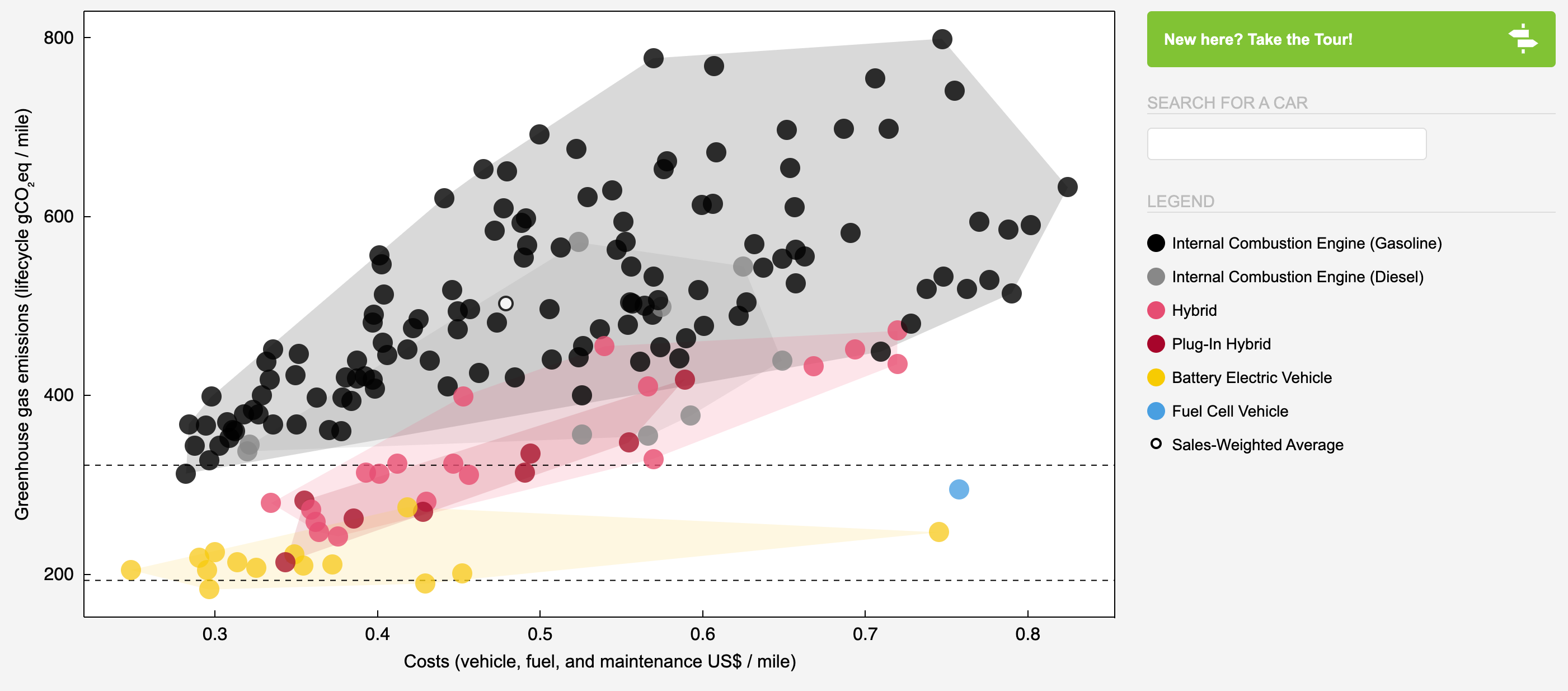
The Grid Gets Greener: EVs Lead the Low-Carbon Transport Revolution
The UK's electrical grid is rapidly becoming greener, making electric vehicles (EVs) increasingly environmentally friendly. Analysis of National Grid ESO data shows significant improvements in grid carbon intensity:
- 2018: 247.99 g/kWh
- 2019: 212.71 g/kWh (14% reduction)
This improvement stems from reduced coal-fired generation and increased renewable energy, particularly wind power.

Two wind turbines against sky
Comparing EV Emissions to Hybrid Vehicles:
Using a typical EV with 300Wh/mile efficiency (comparable to a Tesla Model 3 or Polestar 2):
- EV emissions are approximately half those of the most efficient hybrid vehicles
- This calculation doesn't include the carbon footprint of fuel extraction, processing, and distribution for traditional vehicles
Recent Improvements:
- Toyota Yaris hybrid achieved 23% emissions reduction (from 113g/km to 87g/km) through complex engineering
- EVs achieved 50% emissions reduction in less than 5 years simply through grid improvements
- Future grid improvements will continue to make EVs even greener automatically

Carbon intensity chart UK grid power
Manufacturing Considerations:
- While EV production currently has a higher carbon footprint than conventional vehicles
- Manufacturers are making progress (e.g., VW's carbon-neutral production of ID range)
- Lifetime emissions analysis shows EVs are significantly more environmentally friendly
- The carbon advantage of EVs continues to grow as the grid becomes greener
The data clearly shows that EVs are the more environmentally sustainable choice, with their environmental benefits increasing automatically as the grid continues to decarbonize.
Related Articles
How Electric Vehicles Transformed the Auto Industry in 2019: A Major Shift

